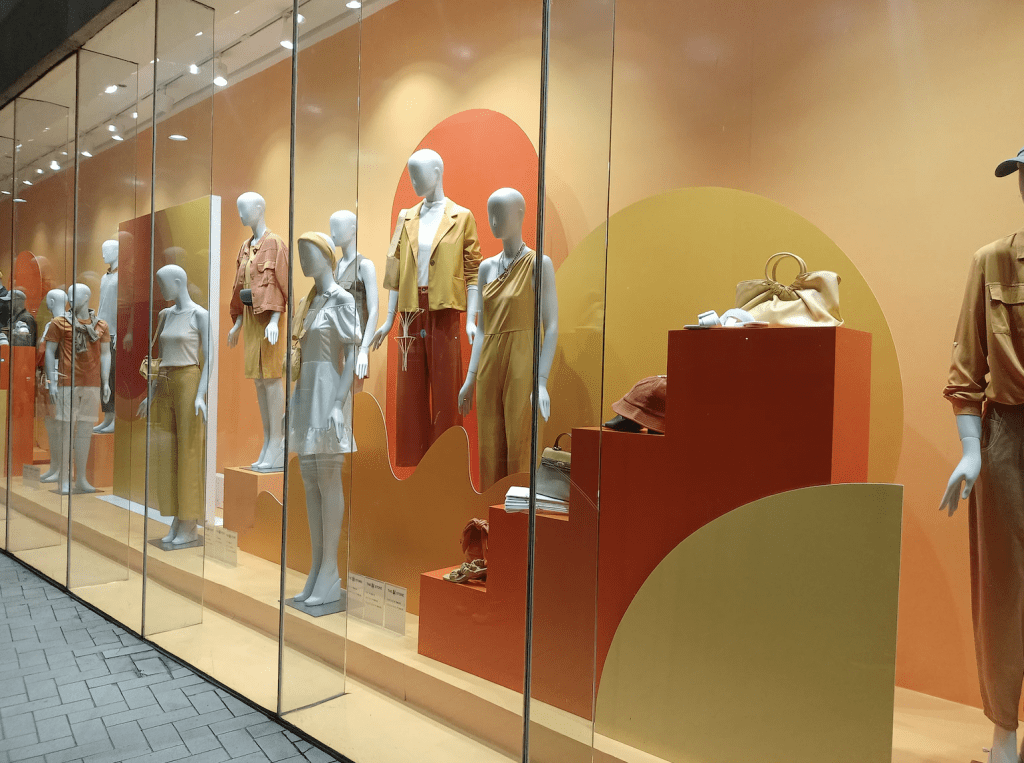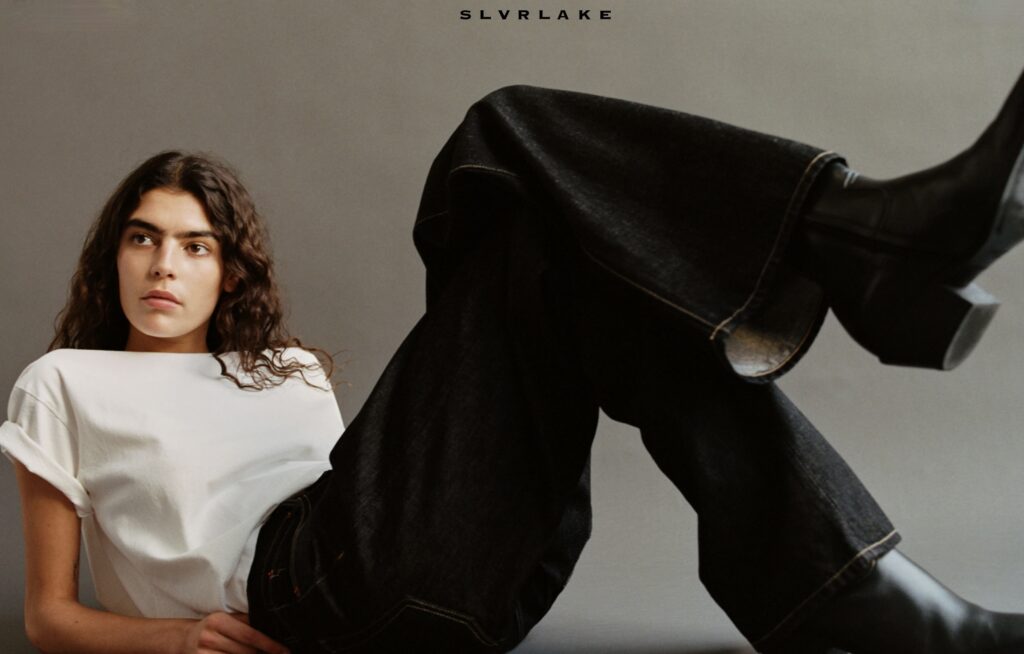On the heels of the United Nations’ Climate Conference in Paris this summer and Donald Trump’s distancing the U.S. from the Paris Climate Accord, all eyes are on the world’s leaders as they attempt to set more ambitious targets for helping to slow climate change. The recent developments come not long after the National Aeronautics and Space Administration released a report, which found that the average surface temperature of the Earth reached the highest level for the first six months of the year since the data was first recorded by scientists in 1880. With this in mind, the relationship between fashion and climate change cannot be ignored. As a trillion-dollar global business and the one of most polluting industries in the world, fashion has a direct impact on the environment and its deteriorating state.
According to the Danish Fashion Institute, “Fashion is one of the most resource-intensive industries in the world, both in terms of natural resources and human resources.” This notion was recently echoed by ethical fashion site, Gather & See, which noted: “The processing of raw materials required for textiles and the vast amounts of water used (2,700 liters per single t-shirt) contributes to the emission of greenhouse gasses which are causing climate change.”
But fashion’s footprint is not merely limited to garments; its true scope is far vaster than that. As an industry, fashion “touches agriculture (cotton, flax, hemp), animal agriculture (leather, fur, wool, cashmere), petroleum (polyester and other synthetics), forestry (rayon), mining (metal and stones), construction (retail stores), shipping, and, of course, manufacturing,” per Racked.
The complexity of this manufacturing and retail ecosystem is a challenge for climate advocates, as is the widespread adoption of a faster-fashion model by brands ranging from high fashion houses to true fast fashion retailers. And the increase in the consumption and discarding of garments and accessories in accordance with a sped-up timetable does not bode well for the environment.
Cold Hard Proof for the Fashion Industry
“Unfortunately, we are starting to see many of the very real effects of climate change arrive in our local communities,” John Oppermann, executive director of Earth Day Initiative, said. Not merely limited to floods and other natural disasters, the effects of climate change can be seen in fashion and consumers’ shopping patterns.
Over the past several years in particular, retail sales have suffered as a result of unseasonably warm weather. In early 2016, H&M reported that an unusually warm autumn put a dent in its sale of winter garments. As noted by Reuters, “As in 2014, temperatures stayed unexpectedly high in many of H&M’s key markets in December, as well.”
The Swedish fast fashion giant is not alone. According to Planalytics — a research and consulting firm that tracks the impact of weather on businesses — the warm temperatures cost apparel stores an average of $572 million between November 1 and December 31, 2015, compared to the same period the year before.
In the U.K., the situation was similar, with the negative impact on retailers estimated at around $120 million. British retailers Next and Marks & Spencer reported early this year that their winter clothing sales were hit by the mild weather.
“When consumers are walking across the mall parking lots … without coats and sometimes in shorts and short sleeves, browsing for winter apparel just isn’t top of mind,” Scott Bernhardt, president of Planalytics told CNN. Yes, unseasonably warm weather typically leads shoppers to postpone – or forego entirely – purchases of winter clothing.
“That means stores will be stuck with unwanted merchandise they could end up selling at clearance prices in January, adding to pressure on profit margins at a time when big chains are spending a ton on e-commerce to compete with Amazon.com,” according to Fortune.
And brands’ and retailers’ problems do not halt there; climate change is proving a double blow to manufacturers who trade in natural fabrics – such as cotton (as of November 2016, cotton was priced at roughly $70 per pound, up from $60 a pound a year prior) – as different weather patterns are changing what people choose to wear.
The brands that fare best in light of shifting consumer demands and vastly altered weather patterns: Fast fashion retailers with short lead times between production and store shelves. Zara, for example, maintains a business model that utilizes a rapid runway-to-retail timeline (thanks to centralized manufacturing), quick turnover (largely due to the fact that it produces only small quantities of garments and accessories), and a sophisticated forecasting system (which enables the brand to make only the most desirable items for their shoppers before these shoppers even know they want these things).
The Spanish retail giant’s product development cycle of just a few weeks makes them agile enough to respond to changing consumer trends, but even that is not without its downsides – to the environment, at least, as its trend-specific garments and accessories and affordable prices further fuel the rapid consumer-and-discard system that makes fast fashion so problematic in the first place.











